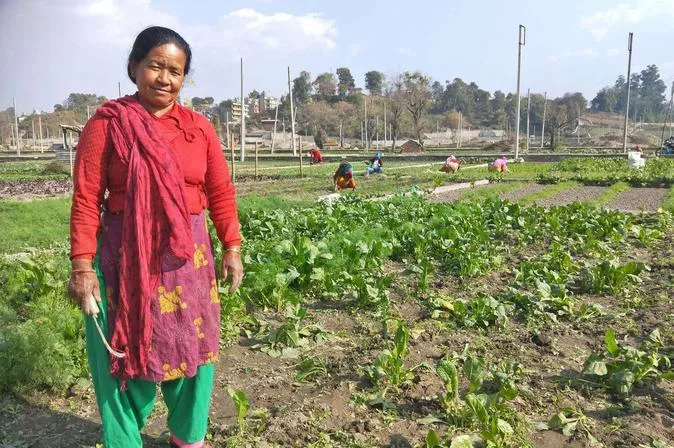Urban agriculture can be Nepal’s solution to falling food production, can create jobs, recharge groundwater and preserve open spaces
【Kathumandu Nepali Times】
When the United Nations held its Summit of the Future at its headquarters in New York in September, many world leaders, including Nepal’s Prime Minister K P Oli, highlighted the effect of climate breakdown in increasing the frequency and intensity of natural disasters. (P-18)|SPANISH|JAPANESE|
What did not get as much attention was the long term impact of the climate crisis on food production. In fact, heat stress, weather extremes and the consequences on rain-fed agriculture is already being felt worldwide, undermining the chances of the UN’s Sustainable Development Goals (SDGs) being met by 2030.
The SDG’s 17 targets commit countries like Nepal to reduce poverty and inequality, end malnutrition, protect the natural environment, and ensure that citizens all enjoy health, justice and prosperity without leaving anyone behind.
However, besides the impact of climate breakdown on agricultural production, in Nepal the area under cultivation is impacted by urban expansion, falling productivity and the need for expensive inputs like fertiliser and pesticides.
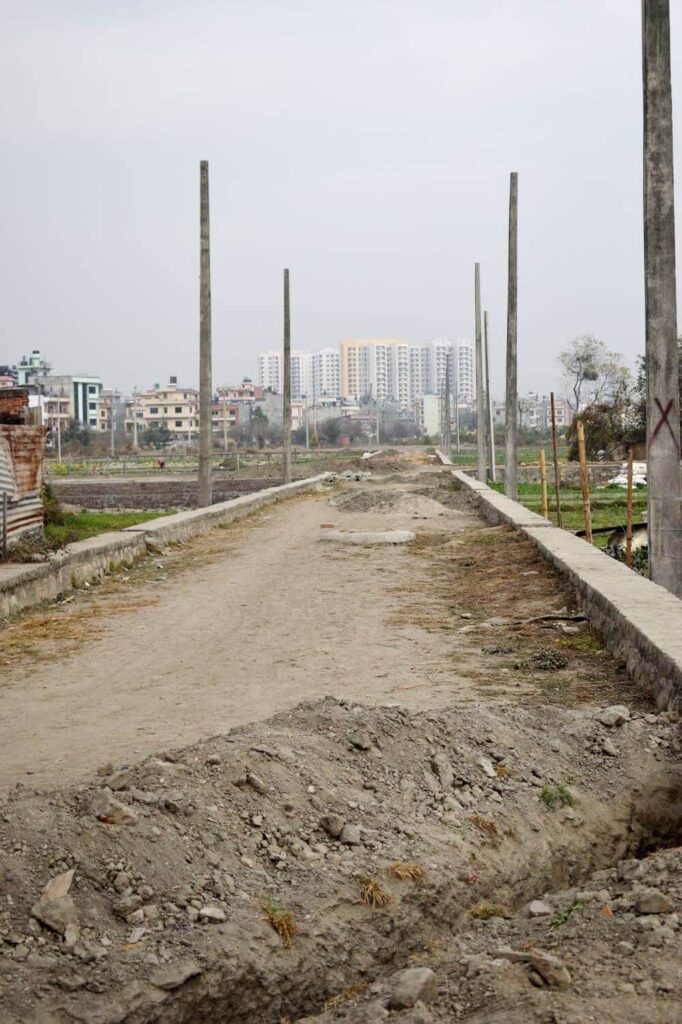
Now, a new study led by Nepali researcher Prajal Pradhan at the University of Groningen in The Netherlands looks at how urban agriculture may offer a solution to falling food production and meeting SDG targets.
The researchers evaluated 1,450 publications exploring the contributions of urban agriculture with both positive and negative effects, and published their findings in the journal Cells Report Sustainability.
Urban agriculture can help achieve 17 SDGs, positively influencing 81 targets. However, it could also undermine 51 goals.
Read also: The vanishing land, Taylor Mason
“Urban agriculture offers immense potential for sustainable development, but realising this potential depends crucially on adopting practices that minimise its adverse effects while maximising its benefits,” Pradhan explains.
Urban agriculture can substantially enhance urban food security, provide employment to the urban poor, serve as ground water recharge in built-up areas, and preserve open spaces that can serve as safe havens during disasters like earthquakes. However, it also presents problems like the potential health risks from contamination and the need for expensive inputs.
“Urban agriculture plays a definitive role in advancing the SDGs, but achieving this requires tailored, context-specific solutions that address the unique challenges of different regions,” says Yuanchao Hu of Wuhan University in China and who is a researcher at the Potsdam Institute for Climate Impact Research. “But it needs equitable access and rigorous management of environmental risks.”
Rapid urbanisation is eating into Nepal’s most fertile agricultural land, which means farming in remaining open spaces inside cities can be a viable alternative, especially as food prices rise.
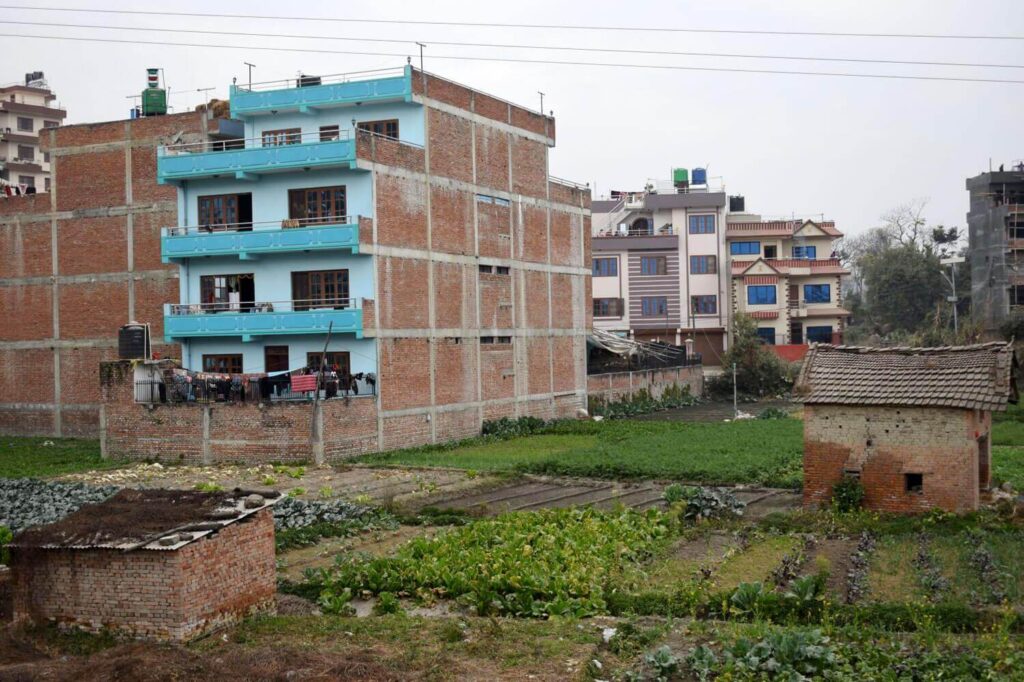
“The conversion of Nepal’s most fertile land into cities is a severe problem,” Pradhan told Nepali Times. “Crop cultivation, horticulture, agroforestry, beekeeping, livestock rearing, or aquaculture can all be farming activities within and around cities.”
The study makes recommendations for sustainable practices that build on the positive aspects of urban agriculture while mitigating the downsides, thereby promoting more resilient cities in future.
Research shows that urban agriculture has been helping many countries attain SDG targets by enhancing food security and biodiversity while helping education and preservation of open spaces.
Indeed, many farmers from the hinterland who have settled in Kathmandu Valley or other urban areas of the country have been practicing urban agriculture, leasing neighbourhood patches or cultivating roof gardens both out of necessity because of inflation and falling income to grow their own food, and also as a fulfilling hobby.
Saurav Dhakal, a sustainability advocate with Story Cycle and now research fellow at the Asian Institute of Technology in Thailand, says there are socio-economic and environmental benefits of urban agriculture.
“It provides benefits to all urban dwellers, regardless of their income status,” says Dhakal, “families get fresh food, and there are many other benefits like water retention, heat regulation and biodiversity. These are all public goods, so special government incentives may be needed.”
It is not unusual to see vegetable patches and even paddy fields within inner city Kathmandu where an older generation of farmers are using available fertile land and roof gardens to produce fresh, nutritious food to reduce their dependence on food items that have to be bought after being trucked in from large distances.
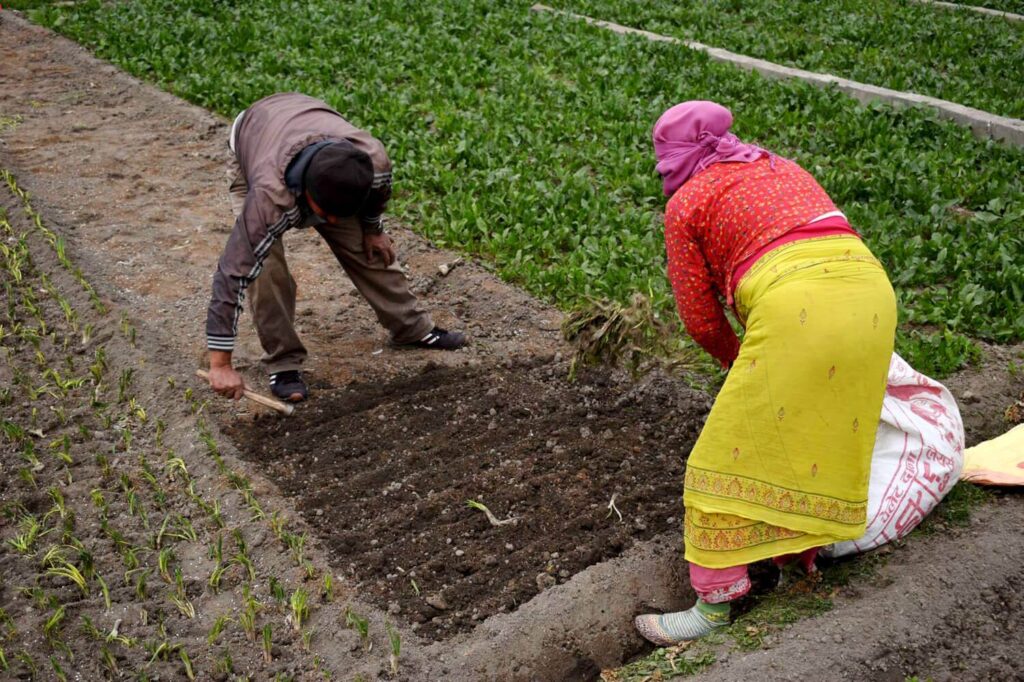
Nepal’s urban population grew rapidly from only 3.6% in 1991 to 25% today. There is large outmigration from the mountains to peri-urban areas of the Tarai, to Kathmandu Valley and Pokhara, with many young men then moving abroad for work. Kathmandu Valley’s population has swelled to nearly 3 million, and is growing at 6.5% a year.
Dilip Shrestha, 71, used to work for Nepal Food Corporation, so he knew firsthand about inflation, shortages and vegetables with pesticide residue. So, when he designed his new house in Kathmandu, he built a spacious roof where he grows cucumber, ginger, garlic, coriander, onions, tomatoes, chili, beans, okra, pumpkin and lettuce. His family eats healthier, and he has reduced dependence on the market.
The co-author of the Cell Reports Sustainability journal article, Daya Raj Subedi who is a PhD candidate at Beijing Forestry University, says urban agriculture also promotes inclusion and psycho-social wellbeing.
He says, “A crucial finding of the study is the identification of opportunities and challenges associated with urban agriculture, it can promote sustainable transformation of society.”
In Banepa, 55-year-old Bijaya Manandhar in her lifetime has watched the fertile farms of her neighbourhood that used to supply vegetables to Kathmandu, now completely built up with no open space left. The pandemic lockdown prompted her to turn to the family’s ancestral livelihood by growing food not on terrace farms, but on the roof terrace.
Manandhar is now a part of कौसी खेती र करेसाबारी क्रान्ती (Rooftop Farming and Garden Revolution) which has an online membership of 52,000, and awards annual prizes to women who excel in urban agriculture.
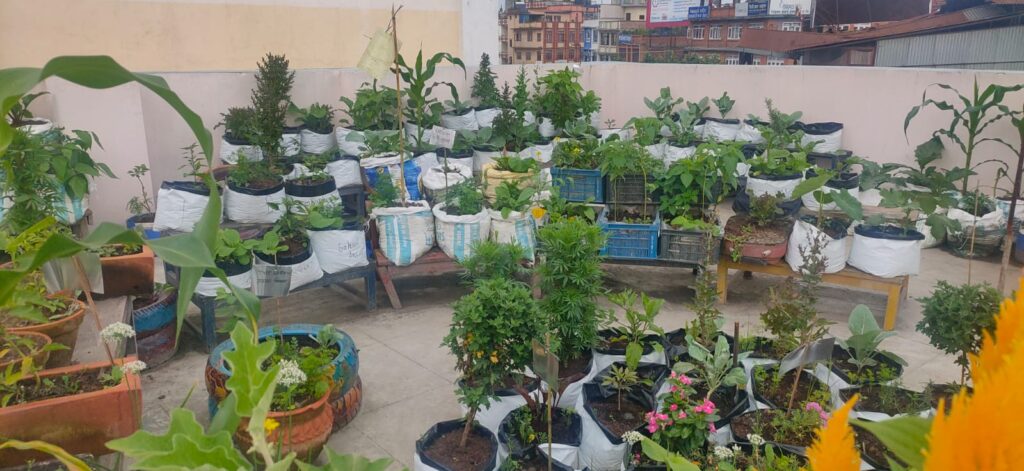

Pradhan says the challenge now is to upscale such examples of successful urban agricultural practices so they support Nepal’s efforts to meet SDG targets. He adds, “Crop cultivation around cities can be protected by land use plans and regulations. Promoting community-based agriculture, including rooftop gardens, requires community engagement and public-private partnerships across the food value chain.”
Such support would accelerate the popularity of existing rooftop farming and community gardens in Kathmandu Valley, or kitchen garden initiatives in Pokhara, and building on traditional farming practices that are preserved and integrated into urban settings like in Bhaktapur and Banepa. In Lalitpur, the Women Entrepreneurship Facilitation Center promotes urban farming enhancing both sustainability and empowerment.
Another co-author of the report, Yuanchao Hu from China says followup research of the team will aim to identify good practices in local urban agriculture practices. He adds, “There are examples of urban agriculture that optimise sustainability, ensuring that it remains a viable solution for cities globally while countries try to meet SDG targets.”
Prajal Pradhan, Daya Raj Subedi, Kshitij Dahal, Yuanchao Hu, Prakriti Gurung, Sijal Pokharel, Sagar Kafle, Biplav Khatri, Sudeeksha Basyal, Monika Gurung, and Aruna Joshi. Urban Agriculture matters for sustainable development. Cell Reports Sustainability, 1:100217, 2024.
[DOI: 10.1016/j.crsus.2024.100217]
Prajal Pradhan (p.pradhan@rug.nl)
This article is brought to you by Nepali Times, in collaboration with INPS Japan and Soka Gakkai International, in consultative status with UN ECOSOC.
INPS Japan
Link to the project article on Nepali Times: https://nepalitimes.com/here-now/back-to-the-land-in-the-cities




